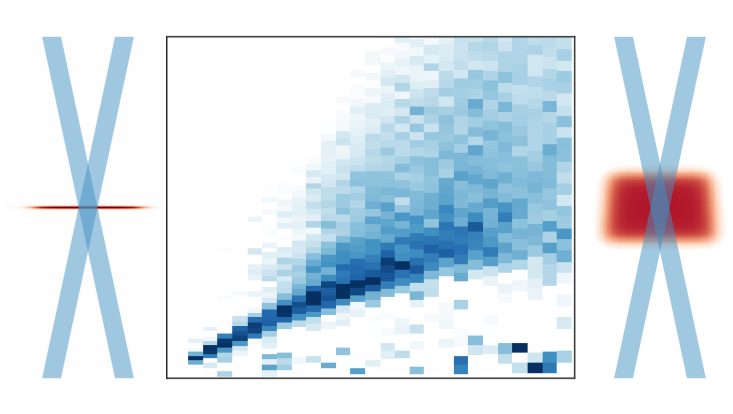Quantum Physics
Observing the Influence of Reduced Dimensionality on Fermionic Superfluids
22 June 2021

Photo: AG Moritz
Understanding the origins of unconventional superconductivity has been a major focus of condensed matter physics for many decades. While many questions remain unanswered, experiments have found that the systems with the highest critical temperatures tend to be layered materials where superconductivity occurs in two-dimensional (2D) structures. However, to what extent the remarkable stability of these strongly correlated 2D superfluids is related to their reduced dimensionality is still an open question.
In this work, we use dilute gases of ultracold fermionic atoms as a model system to directly observe the influence of dimensionality on strongly interacting fermionic superfluids. We achieve this by measuring the superfluid gap of a strongly correlated quasi-2D Fermi gas over a wide range of interaction strengths and comparing the results to recent measurements in 3D Fermi gases.
We find that the superfluid gap follows the same universal function of the interaction strength in both systems, which suggests that there is no inherent difference in the stability of fermionic superfluidity between two- and three-dimensional quantum gases. Finally, we compare our data to results from solid state systems and find a similar relation between the interaction strength and the gap for a wide range of two- and three-dimensional superconductors.
Sobirey et al., https://journals.aps.org/prl/abstract/10.1103/PhysRevLett.129.083601

